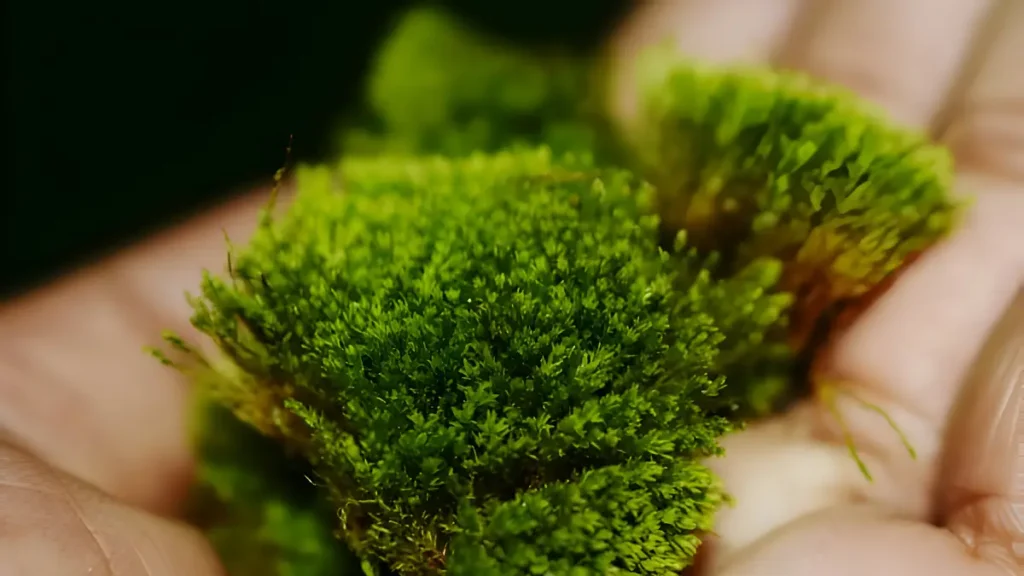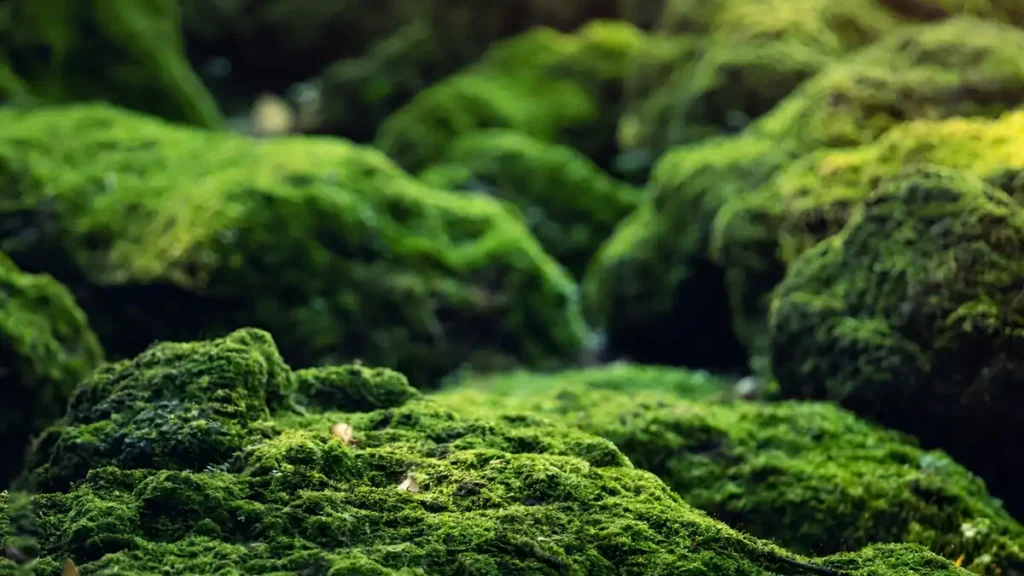With its verdant, carpet-like look, moss lends a sense of natural beauty to any setting. It is a great option for both indoor and outdoor areas because of its adaptability to different climates and low care requirements. Moss cultivation is a simple and enjoyable project that can be undertaken by anyone, regardless of their gardening experience level. Now let’s get started and learn the techniques for how to grow moss.
Knowing moss:
- Mosses are low-growing members of the Bryophyte family of plants that are usually found in damp, shaded areas. They take in water and nutrients directly through their leaves, not through actual roots, stems, or leaves. Spores are the reproductive unit of mosses and are distributed by wind or water.
Choosing species of mosses:
- Hypnum spp. sheet moss is perfect for covering big spaces and making a plush green carpet.
- Leucobryum spp., or cushion moss, grows best in acidic soil and forms dense, cushion-like clusters.
- The hair cap moss (Polytrichum spp.) is distinguished by its tolerance for different light conditions and upright growth habit.
How to grow moss in an ideal growing environment:
- Light: The majority of moss species require diffused or indirect light, while some may withstand full sunshine. Moss should not be exposed to strong, direct sunlight since this might dry out and stress the plant.
- Moisture: To survive, mosses need a steady supply of moisture. Make sure the growing medium is constantly moist but not soggy. To keep the moss at the right moisture content, mist it frequently.
- Dirt: Mosses can grow on a variety of surfaces, such as concrete, rocks, and dirt. Nonetheless, acidic, well-draining soil is ideal for their growth. If you have alkaline soil, you might want to amend it with acidic compost or peat moss.
- pH Level: Mosses thrive in somewhat acidic environments, with a pH range of 5.0 to 6.0. Check the pH of your soil and add the right amendments to make the necessary adjustments.

This is a detailed tutorial on how to grow moss:
- Clean up any waste and make sure the growing surface is clear of any competing vegetation to prepare it for growth.
- If using live moss, carefully place little patches or clumps onto the surface that has been prepared, pressing down firmly to make sure there is good contact.
- Give the moss a good soak as soon as possible after transplanting to aid in its acclimation to its new surroundings.
- Mosses spread slowly, so give them time to establish themselves. Keep an eye on the moisture content and fertilize occasionally if needed.
Conclusion:
It can be satisfying how to grow moss since it adds a touch of natural beauty to your house or garden. You may easily create rich green carpets of moss by knowing the basic needs of moss and creating the perfect growing environment. Now get your hands dirty, enjoy the peace that comes with moss gardening, and see how your landscape changes into a lush haven. Cheers to your successful gardening!
Certainly! If you’d like to learn more, please consider following our WhatsApp Channel: Harvest Gardening
A frequently asked questions:
Q1: How to grow moss indoors?
A1: Create a damp, darkened, humid, and indirect light environment (in a terrarium or on a windowsill in the shadow, for example) if you want to cultivate moss indoors.
Q2: Is moss harmful to other plants?
A2: Other plants are usually not harmed by moss. In fact, by retaining moisture and halting soil erosion, it can help surrounding plants. On the other hand, moss may compete with other plants for nutrients and space in very damp conditions.
Q3: How to grow moss lawn?
A3: A damp, dark area with compacted soil and an acidic pH is necessary to develop moss lawns. Moss spores or pieces should then be transplanted onto the top



